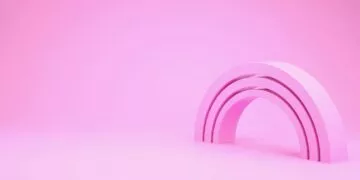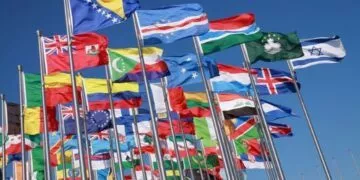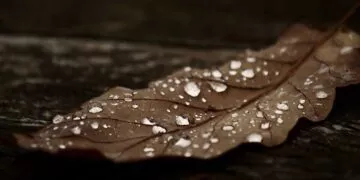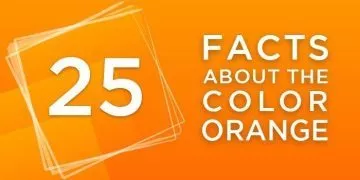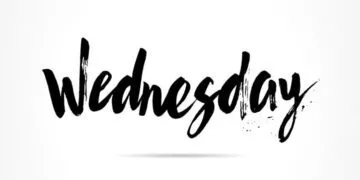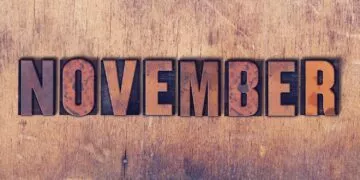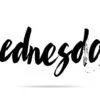Yellow is a color that can’t be ignored. It’s bright, bold, and impossible to miss!
But did you know that yellow has a rich cultural history that spans centuries?
From the ancient pigment used by humans to the modern-day fast food logos that use the color to make us hungry, join us as we explore 30 fascinating facts about the color yellow!
The inspiration for the title of Coldplay’s hit song Yellow came when the band’s lead singer noticed a Yellow Pages telephone directory in the recording studio.
In 1963 Harvey Ball came up with the idea for the iconic yellow smiley face symbol we all know today. He was paid just $45 for the morale-boosting design.
Yellow has a wavelength ranging from 570 to 590 nanometers. That’s shorter than orange and red but longer than green, blue, and violet.
When stop signs were first introduced in the US in the 1920s, they were painted yellow and black. The color red was initially considered, but the red dye used at the time wasn’t suitable as it faded quickly.
The irrational fear of the color yellow is called xantophobia.
Colors make your brain release different chemicals. In the case of yellow, this color makes the brain release serotonin, which in turn can make you happy!
Yellow sticky traps are used in gardens to monitor pest infestations. They’re colored yellow because most insects are attracted to the color.
Yellow (and red) cards were first used in the 1970 Soccer World Cup. The idea for the cards’ colors was inspired by the colors of traffic lights.
Although yellow is depicted as an enthusiastic color, it also has some negative implications, like jealousy, betrayal, and impulsiveness.
Rooms painted yellow have been found to make adults lose their temper and cause babies to cry.
Yellow is a primary color in art, along with red and blue, as all other colors can be mixed from these primary colors.
When dealing with physics and light, though, yellow is not a primary color – instead, they’re red, green, and blue.
Yellow fever is a viral disease transmitted by mosquitoes, causing flu-like symptoms and potentially severe complications.
Coffee, tea, and soda are the most probable causes of yellow teeth. These drinks can weaken the enamel or the outermost layer of the teeth, which makes it easier for the inner layers of your pearly whites to become stained.
Many fast food restaurants (like McDonald’s, In-N-Out, and Burger King) have a logo with the colors red and yellow because, according to color psychology, those two colors combined can make people passionately hungry.
Many lawyers use yellow legal pads, as it makes it easier to distinguish them from a pile of white-colored documents on a desk.
Bananas are green when unripe because they contain chlorophyll, a green compound. As they ripen, chlorophyll is broken down and replaced with yellow pigments.
Jeffrey Dahmer wore yellow contact lenses to imitate his favorite movie villains, Star Wars’ Emperor Palpatine and The Exorcist III’s Gemini Killer.
Wearing yellow on the first date has been found to make a person look less attractive. Color psychologists suggest wearing red and black instead.
Yellow Day, the supposed happiest day of the year, is celebrated annually on June 20.
In February 2016, the Malaysian government banned yellow t-shirts, as they were being worn by protestors demanding the resignation of the nation’s Prime Minister.
The most common color of Skittles is yellow.
John D. Hertz, who founded the Yellow Cab Company, chose to paint his taxis yellow after reading a study that the color is highly visible from great distances.
Yellow journalism is a term for sensationalist journalism that uses shocking, exaggerated headlines that bend the truth or lie outright to catch a reader’s attention.
Many Latin Americans believe that wearing yellow underwear on New Year’s Eve will bring money, happiness, and good luck in the coming year.
Turmeric gets its beautiful yellow hue from a chemical compound called curcumin.
If the whites of your eyes turn yellow, you’ve probably got jaundice, a condition usually caused by an excess of a yellow chemical called bilirubin.
Yellow ochre is the oldest pigment of yellow and is one of the earliest colors ever used by humans.
Egg yolks are yellow because chickens typically eat green leafy vegetables (like kale and lettuce) and yellow corn, which contains yellow pigments called xanthophylls.
Paper made from trees goes yellow due to the oxidation of lignin, a structural protein that provides strength to wood pulp-based paper.
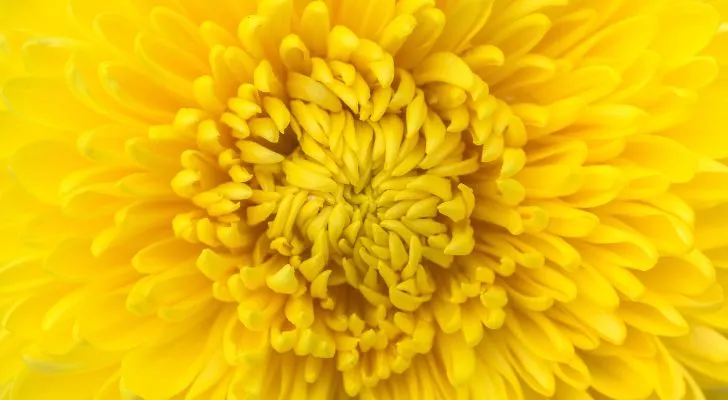
Yellow may be a bright and cheerful color, but it has a long and fascinating history that goes far beyond its use in fashion and home decor.
From its association with taxis to its use in ancient pigments, yellow has made an impact on many different aspects of our world.
Whether you’re a fan of the color or not, there’s no denying its significance in history and culture.


